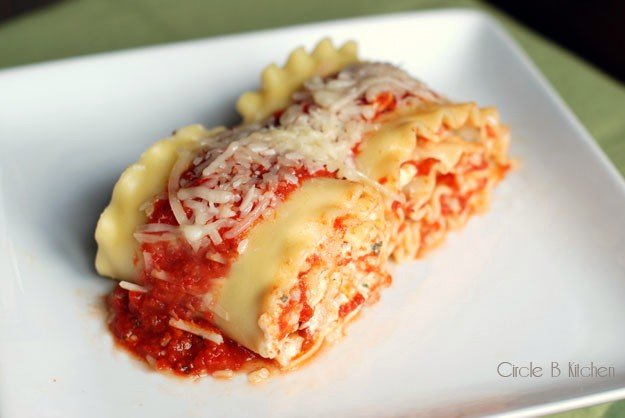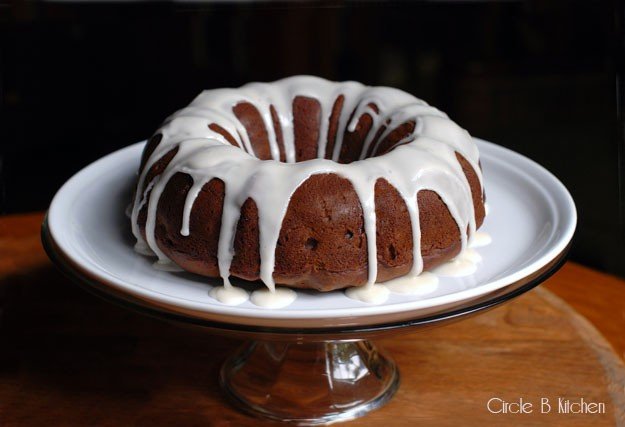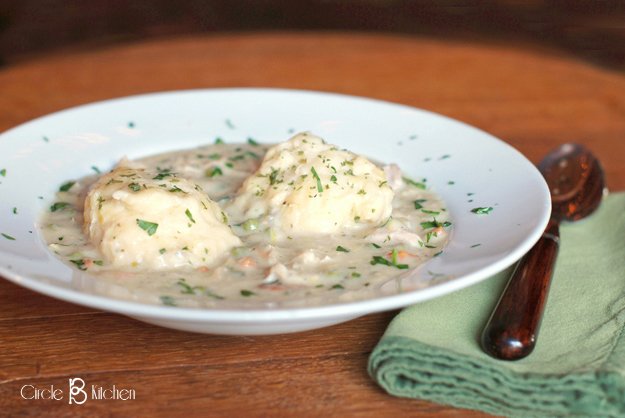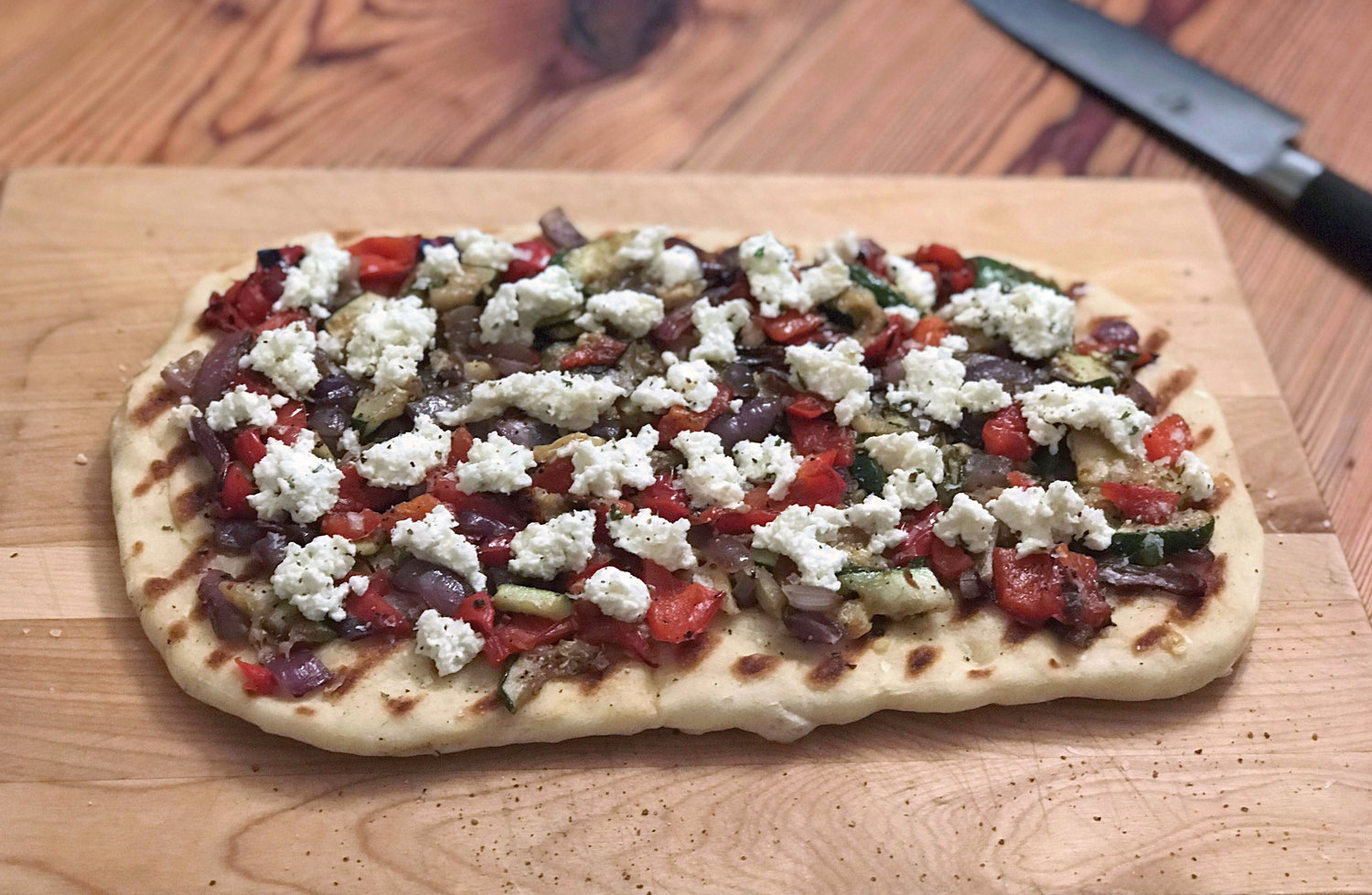Paula Lambert's Umbrian Cheese Bread
/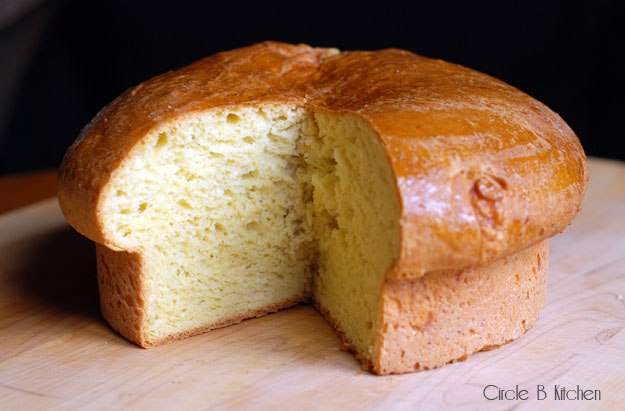
I fought hard for this one, people. Real hard. I know you’ve all been there… you come across a recipe that sounds so incredible and you know you’ve just got to make it and you have every confidence in the recipe because it’s from a well-known, reliably great chef and then as you dive into the recipe, you realize that there are problems from every possible angle. But you soldier on, adjusting this, tweaking that and halfway through the recipe you begin to lose hope. No way this is ever going to work. But I wrestled this bread into submission and am I ever glad I did; it was worth every bit of angst and bother. This bread is just so tasty and fragrant with parmesan and chunks of Gruyere cheese. I might even add more of the Gruyere cheese next time.
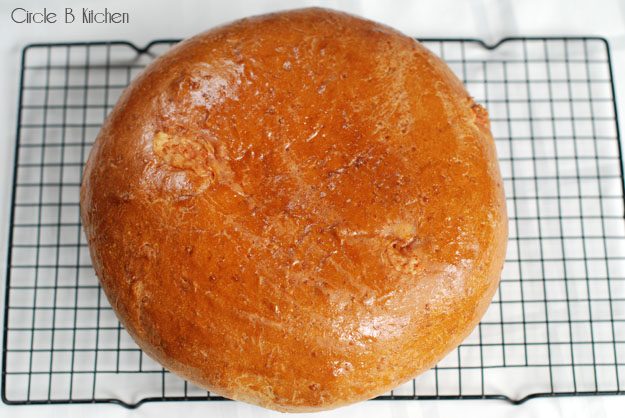
Ms. Lambert first experienced this cheese bread in Umbria when a family she was dining with made it to accompany a local wine they were serving. And one taste will tell you that this is for sure the purpose and ultimate destiny of this cheese bread… to be savored with a glass of wine or possibly even a nice cold beer.
The bread begins with a sponge starter, which is basically just a yeast/water/flour mixture that sits on your counter for a couple of hours bubbling away until it gets to join the rest of the ingredients.

My first hint of things to come was that the dough required quite a bit more flour than the recipe indicates. I must have added an extra ½ cup in order to attain dough-ness. And this is still quite a sticky dough which makes the kneading process ultra fun. But do-able.

Once I got the dough settled into the exact size pan called for, every culinary brain cell in my possession was telling me that this pan was going to be too small. But I quieted the noise and decided to go with the recipe as written. As the dough began to rise, I came to the rather unsettling conclusion that I really should have listened to myself because I could see where this was going… but sadly it was too late. More on that later. The dough rose beautifully

and I placed the pan in the oven exactly according to the recipe (400 degrees) and thank goodness I listened to myself this time and checked the bread after 25 minutes because it was in the process of turning quite dark. I quickly covered the top with foil, but had I followed the recipe and not opened the oven for the first hour, my beautiful bread would most assuredly have been burnt.
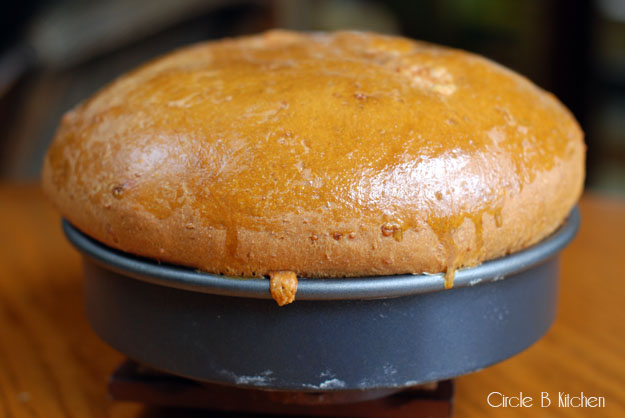
As it was, the bread was saved, and it came out beautifully burnished and quite lovely. I considered just leaving it in the pan and never taking it out because I’m sure you can guess the result of baking this bread in a too-small pan…
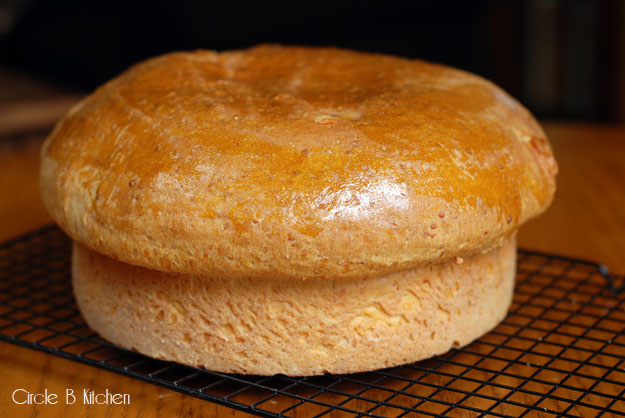
Yes. We made a giant mushroom loaf of bread. Sigh.
But it smelled amazing and after it cooled and I cut into it, the quirky shape became irrelevant. This was some dang good cheese bread. My only regret was that it was just a bit early in the day for the required glass of wine to complete the moment.
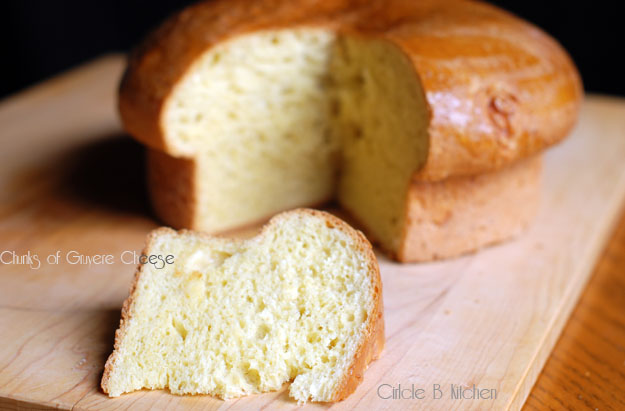
In spite of the lingering question of whether anyone actually tested the recipe as it was written, I couldn’t stay annoyed for long. A glass of wine and another slice of cheese bread and all was forgiven. Here’s the recipe…
Umbrian Cheese Bread
Click here for a printable recipe
From Paula Lambert's Cheese Lover's Cookbook
This bread was so incredibly scrumptious. It's very much like a brioche bread and bakes up with a crisp, brown crust and a soft, cheesy interior that's ever so perfect with a glass of wine, a crisp salad or bowl of soup. The recipe calls for 3 1/4 cups of flour, but as I kneaded the bread, I had to add quite a bit more flour (close to 1/2 cup) before I was through, but it's still a pretty sticky dough. The recipe begins with a sponge, which is just a yeast starter that gives the dough an extra boost of flavor and texture. To save time and work, just make the sponge in the bowl of your stand mixer and let your mixer do all the kneading for you. Give a final knead on the counter for a minute before setting it out to rise. A final tip... cut your parmesan cheese into little cubes and let your food processor do the grating. Do not use pre-
shredded
packaged cheese, although a good quality
grated
parmesan would work fine. One last thing... the recipe calls for a round 9 x 2 inch pan, but I suggest you use a little larger pan, which I will do next time, so that the loaf has more room to rise. I would suggest at least a 10-inch round pan. Also, be sure to cover the bread with foil if it starts to get dark after 20 or 30 minutes.
Makes 1 large (almost 3 lbs) loaf or 2 smaller 1 1/2 lb loaves
Starter Sponge
1 cup warm water (about 110 degrees F)
1 pkg active dry yeast (2 1/4 teaspoons)
1/2 teaspoon sugar
1 1/4 cups all purpose flour
For the Bread
1/4 cup warm water
2 teaspoons active dry yeast
pinch of sugar
5 large eggs
2 tablespoons extra virgin olive oil
6 oz (about1 1/2 cups) grated Parmigiano-Reggiano cheese
4 tablespoons (1/2 stick) unsalted butter, softened
1 1/2 teaspoons salt
3 1/4 cups unbleached all-purpose flour, or more if needed
2 ounces Gruyere cheese, cut into 1/2-inch cubes
1 large egg yolk
For the Starter Sponge
, place the warm water in a small bowl and sprinkle the yeast over the water. Add the sugar and stir to moisten the yeast. Set aside to proof; if the mixture bubbles and has foam on the surface, the yeast is active. Place the flour in a large bowl, add the proofed yeast and stir to combine. Cover and set aside in a warm place to rise until doubled in volume, about 2 hours.
If using a stand mixer
, place the warm water in the bowl of the mixer, add the yeast and sugar. After proofing, add the flour to the bowl, mix and let stand to rise for 2 hours.
For the Cheese Bread
, place the warm water in a small bowl, sprinkle the yeast over the water, add the pinch of sugar and stir to moisten the yeast. Set aside to proof; if the mixture bubbles and has foam on the surface, it is active.
Beat the eggs with the olive oil, Parmigiano, butter, and salt in a medium bowl. Add the proofed yeast and mix well. Stir this mixture into the starter sponge. Add the flour and mix well. If using a stand mixer, knead by machine for about 10 minutes, adding more flour as needed to create a smooth, soft dough (see headnote). Add in the cubed Gruyere. Turn the dough out onto a floured work surface and knead for another minute. If kneading by hand, you can go ahead and add the Gruyere cheese before kneading.
Shape the dough into a smooth, flattened ball.
Butter and flour a 9 x 2-inch round pan (at least 2 quarts) and place the dough in the pan (I suggest you use at least a 10-inch round pan). Cover and set aside to rise until doubled in volume, about 2 hours. If making 2 smaller loaves, place them in two 9 x 5 loaf pans or two 8 x 2-inch round pans.
Preheat the oven to 400 degrees F.
Beat the egg yolk with a fork and brush on the top of the dough. Place the pan in the oven and bake for 20 minutes, then turn the temperature down to 325 degrees F. and continue to bake for 40 to 50 minutes longer, or until the bread has risen high above the sides of the pan (s) and the crust is a deep golden brown. Do not open the oven door during the first hour of baking. Or, if using two smaller pans, bake at 400 degrees for 15 minutes, then at 325 for about 30 minutes. Remove the bread from the oven and set on a rack to cool for 10 minutes. Remove the bread from the pan(s) to finish cooling.
Click here to ask a question or leave a comment
Update
on 2014-05-09 13:36 by Patrice Berry
For those of you who have ventured to make this tasty cheese bread (or are contemplating making it in the future), just a couple more thoughts... This bread keeps well in the fridge for at least a week, either wrapped in plastic or in a ziploc bag. I've been cutting the bread into toast-like slices and pan-grilling it in a little olive oil (or olive oil spray). The outside gets toasty and crispy and the inside stays soft and cheesy. So good! This recipe makes a lot of bread, so this is a great way to use when it's several days old. Enjoy!











